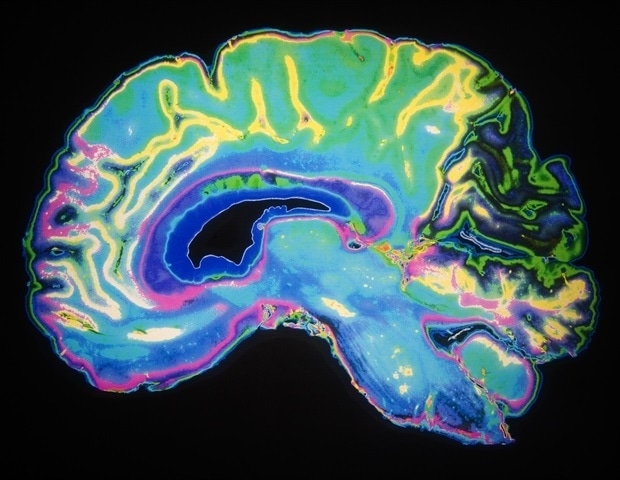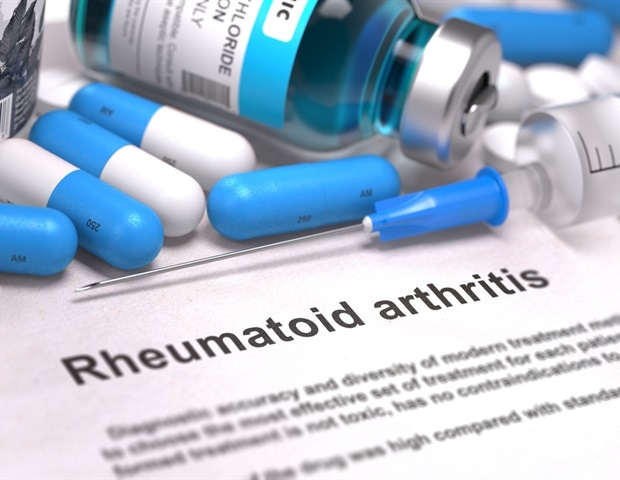Aheart attack occurs when blood supply to the heart muscle is totally lost due to complete blockage of the coronary artery, which supplies blood to the heart. Such an attack is usually associated with symptoms like the sudden onset of severe pain at the centre or left side of the chest, excess sweating, uneasiness or restlessness, nausea, vomiting and/or shortness of breath. The symptoms can persist for more than half an hour, and require urgent medical attention.
However, in certain individuals, these symptoms may be minimal or there may be no symptoms of chest pain or chest pain that may be mistaken as heartburn, indigestion, muscle pain, etc. This kind of attack, sometimes missed or mistaken for some other issue, is considered a silent heart attack. Young equally at risk A silent attack is more frequent in those who smoke, are overweight and/or hypertensive, diabetic and those who have had prior heart attacks.

It’s a misnomer that a heart attack only affects those above 50-60 years of age. A younger healthy individual — man or woman — less than 50 years of age can also experience a heart attack. Symptoms of the attack in the young can be often mistaken or misdiagnosed and hence ignored, leading to serious heart problems.
Women are more likely to have a silent heart attack due to sheer negligence or misinterpretation of chest pain. A common medical problem Such cases are very frequent. A silent heart attack is of two types — without many symptoms and misinterpretation of pain chest as indigestion, muscle pain, heartburn, etc.
Impact on body A heart attack, whether silent or with marked chest pain, is a major emergency, which requires immediate medical treatment. Delayed treatment can result in permanent damage to heart muscles, which may later manifest as heart failure, arrhythmia (irregular heartbeat) and sudden cardiac death. A heart attack missed the first time does invite a second attack later because of lack of treatment, and this can result in even more serious consequences.
A silent attack has a worse outcome as compared to the timely treatment after the episode. Preventive measures Prevention requires adopting a healthy lifestyle that includes a balanced diet with adequate intake of vegetables, fruits, cereals and fibres; minimum salt intake, avoidance of deep-fried or fast foods, packed snacks, bakery products and alcohol. A regular 30-45 minutes of moderate to vigorous exercise at least five days a week is a must.
Management of risk factors for heart attack such as hypertension, diabetes, being overweight, physical inactivity and smoking plays an important role in its prevention. How to recognise a silent attack The symptoms of easy fatigability, shortness of breath and pain in chest on exertion or during emotional stress can be signs of a silent heart attack. Immediate medical attention and getting done a few simple tests such as an electrocardiogram (ECG) and echocardiogram can help in diagnosis of a missed silent attack.
Treatment options The initial two to three hours after the onset of symptoms of an attack are called the golden period. If treatment such as thrombolytic drugs or coronary angioplasty is provided during this window, the damage to heart is less. However, during a silent attack, this option is missed.
As there is a delayed presentation of days after a silent heart attack, the doctor needs to assess the damage already caused by a coronary blockage by a battery of tests. There are certain medicines which have to be taken by every heart attack patient for years. Good drug compliance and regular medical follow-up are a must to avoid further attacks and to avoid the complications of a missed silent attack.
Precautions afterwards Follow a healthy lifestyle, control weight, and take appropriate treatment to control blood pressure, diabetes and high cholesterol. Have good drug compliance and a regular medical follow-up. Recognise the symptoms of a heart attack and take immediate medical assistance to avoid further silent heart attacks.
In conclusion, a silent heart attack can be as dangerous as a diagnosed heart attack, and it’s essential to take due precautions after experiencing one. — The writer is professor, Department of Cardiology, Advanced Cardiac Centre, PGI, Chandigarh.
Health
What is a silent heart attack
Aheart attack occurs when blood supply to the heart muscle is totally lost due to complete blockage of the coronary artery, which supplies blood to the heart. Such an attack is usually associated with symptoms like the sudden onset of severe pain at the centre or left side of the chest, excess sweating, uneasiness or [...]















